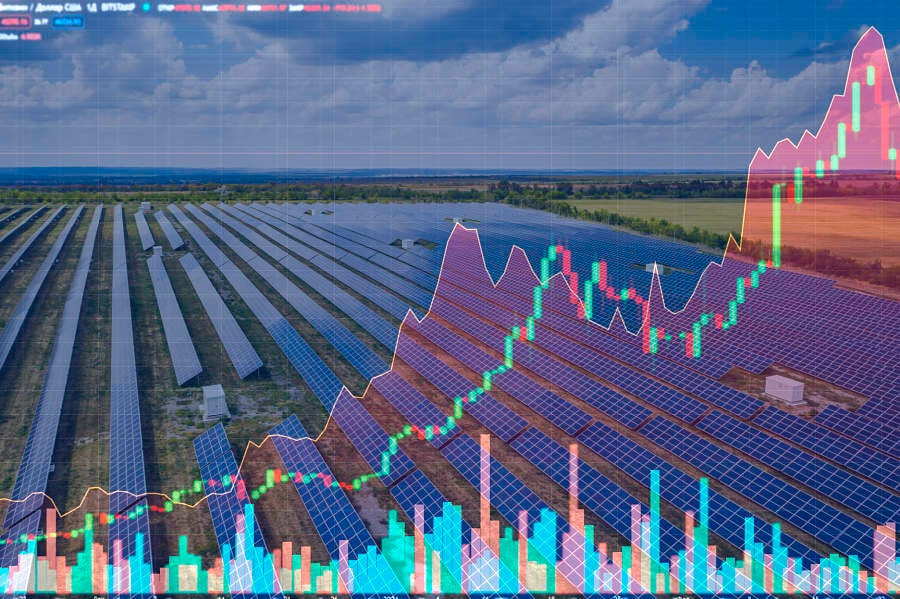

It’s been a difficult year for stocks. Following the pandemic-related downturn in 2020, investors enjoyed stellar growth through the end of 2021. But stock markets have tumbled in 2022 as concerns over the timing of rate hikes, inflation and the potential for a recession weighed on investors.
As stocks have fallen, much attention has been given to environmental, social and governance investing. Coupled with increasing scrutiny over allegations of greenwashing, political efforts to move state funds away from ESG mandates, and headline-grabbing moments, such as Tesla’s exclusion from the S&P ESG index, there has been increasing skepticism over whether this method of investing is as sustainable as originally thought.
This makes it an ideal time for a refresher on why ESG investing is here to stay — and why it still makes sense for many investors. Here are some key items to keep in mind in the face of ESG skepticism:
ESG investing is designed to give socially and environmentally conscious investors an opportunity to grow their wealth while divesting from industries they have principled objections to (for example, some investors may wish to not hold positions in tobacco companies). Many investors also seek out companies that are working to embrace ESG parameters in their operations. The consideration of ESG parameters as part of the investment process may also help to identify company-specific risks that traditional analysis may miss.
The stock market suffered its worst first-half performance in 50 years. While the KLD 400 index, an often-used ESG index, was down 22.11% for the first six months of the year, the S&P 500 index returned -19.96%. Much of the KLD’s underperformance came in the first quarter, when the ESG “halo” was particularly under scrutiny and energy stocks were rallying.
In May, the S&P 500 ESG Index removed Tesla as part of a methodology update. This move surprised some non-ESG investors given the company’s position as a leading manufacturer of electric vehicles. However, investors who consider ESG parameters as part of their portfolio construction process have often questioned social and governance issues within the company, including the low percentage of female board members, the concentrated power of the CEO, and ongoing labor issues. Tesla’s carbon footprint has also been increasing as the company expands into India and China.
ESG investing’s primary objective is not short term, high risk or rapid growth; it’s a long-term, sustainable investing strategy that allows investors to achieve capital appreciation in alignment with their principles in environmental protection, social awareness and strong governance. In spite of recent market volatility, equity funds overall have continued to experience inflows, with ESG funds accounting for 72% of fund flows in May, according to a Goldman Sachs report. ESG, sustainability and related concepts can and will continue to improve and evolve, but the investing concept is certainly here to stay.
Aimee B. Forsythe is a member of the Cambridge Trust Investment Committee, co-portfolio manager of Cambridge Trust’s SRI Equity Strategy and chair of its Sustainability Committee.

Carson is expanding one of its relationships in Florida while Lido Advisors adds an $870 million practice in Silicon Valley.

The approval of the pay proposal, which handsomely compensates its CEO and president, bolsters claims that big payouts are a must in the war to retain leadership.

Integrated Partners is adding a husband-wife tandem to its network in Missouri as Kestra onboards a father-son advisor duo from UBS.

Futures indicate stocks will build on Tuesday's rally.

Cost of living still tops concerns about negative impacts on personal finances
RIAs face rising regulatory pressure in 2025. Forward-looking firms are responding with embedded technology, not more paperwork.
As inheritances are set to reshape client portfolios and next-gen heirs demand digital-first experiences, firms are retooling their wealth tech stacks and succession models in real time.
